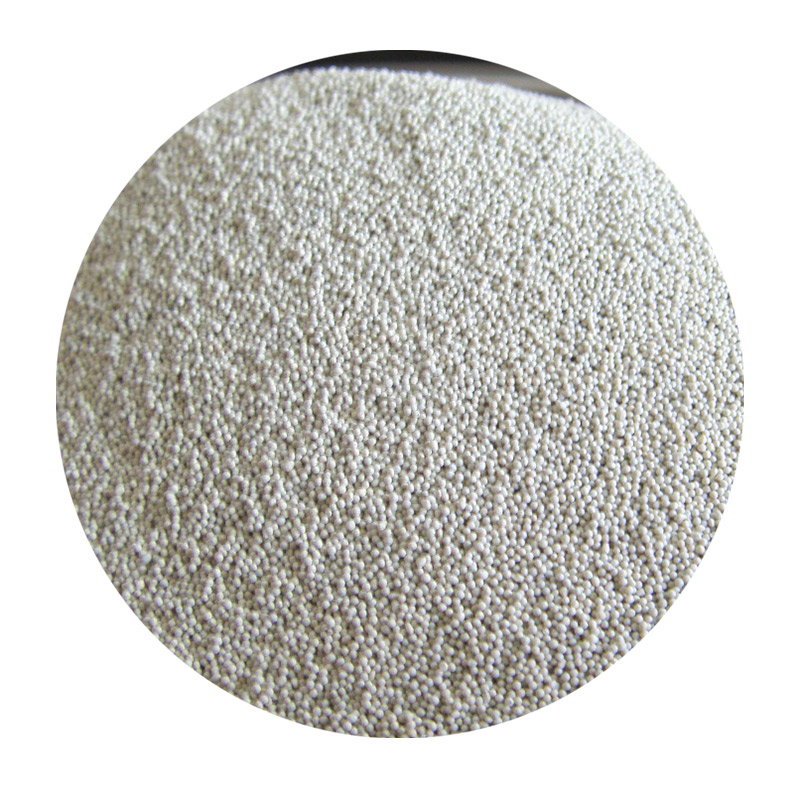What to Use to Sand Resin A Comprehensive Guide
Sanding resin can be a crucial step in achieving a smooth and polished finish in your projects. Whether you are working with epoxy resin, polyester resin, or another type, knowing the right tools and techniques will enhance your results significantly. This guide will cover the best methods, tools, and tips for sanding resin effectively.
Understanding Resin Types
Before diving into the sanding process, it's important to understand the type of resin you are working with. Epoxy resin is commonly used for its versatility and strength, while polyester resin is often preferred for applications like fiberglassing. The sanding techniques may vary slightly depending on the type of resin, but the fundamental approach remains similar.
Preparing for Sanding
1. Cure Time Ensure that your resin has fully cured before attempting to sand. Curing times vary by product, but usually, epoxy resins take 24-72 hours to harden completely, depending on the temperature and humidity levels.
2. Safety Precautions Always wear appropriate personal protective equipment (PPE) when sanding resin. This may include a dust mask or respirator, safety goggles, and gloves to protect your skin from dust and fumes.
3. Gathering Tools The tools you use can significantly impact the effectiveness of the sanding process. Commonly used items include - Sanding blocks - Orbital sanders - Detail sanders - Sanding discs and sheets (various grits) - Water and sponge (for wet sanding)
Choosing Sandpaper Grit
Sanding resin typically requires multiple grits to achieve the desired finish. Starting with a coarser grit (around 60-80) helps to quickly remove any imperfections, such as bubbles or drips. As you progress, switch to finer grits - 60-80 grit For removing significant imperfections and shaping. - 120-220 grit For smoothing the surface further. - 400-600 grit For a polished finish, especially if you plan to apply a clear coat or varnish.
what to use to sand resin

Sanding Techniques
1. Dry Sanding This method is effective for the initial rough sanding. Use an orbital sander for even surfaces, and ensure to keep the sander moving to avoid overheating the resin. If you're using sandpaper, attach it to a sanding block for better control.
2. Wet Sanding This technique helps to minimize dust and can produce an exceptionally smooth surface. Wet sanding involves using water to lubricate the sandpaper. This prevents clogging and reduces heat generated during the sanding process. Start with a lower grit and gradually work your way up.
3. Sanding in Circular Motions Whether dry or wet sanding, use circular or back-and-forth motions to avoid creating flat spots. Ensure even pressure across the entire surface.
4. Check Your Progress Frequently wipe the surface clean and check your work to ensure you are achieving the desired finish. If you notice any imperfections, focus on those areas and continue sanding.
Finishing Touches
After sanding is complete, it’s time to clean the surface thoroughly. Use a damp cloth to remove dust particles, and let it dry completely before applying any additional finishes, like stains or clear coats. Seal the surface to protect it from moisture and UV damage.
Conclusion
Sanding resin is a straightforward yet critical process that can elevate the quality of your projects. By selecting the appropriate tools, techniques, and grit levels, you can achieve a smooth and professional finish. Whether you’re crafting jewelry, furniture, or artwork, mastering the art of sanding resin will greatly enhance your final product. Remember to prioritize safety throughout the sanding process, and take your time for the best results. Happy sanding!
Post time:دسمبر . 10, 2024 10:44
Next:hydro super sand
